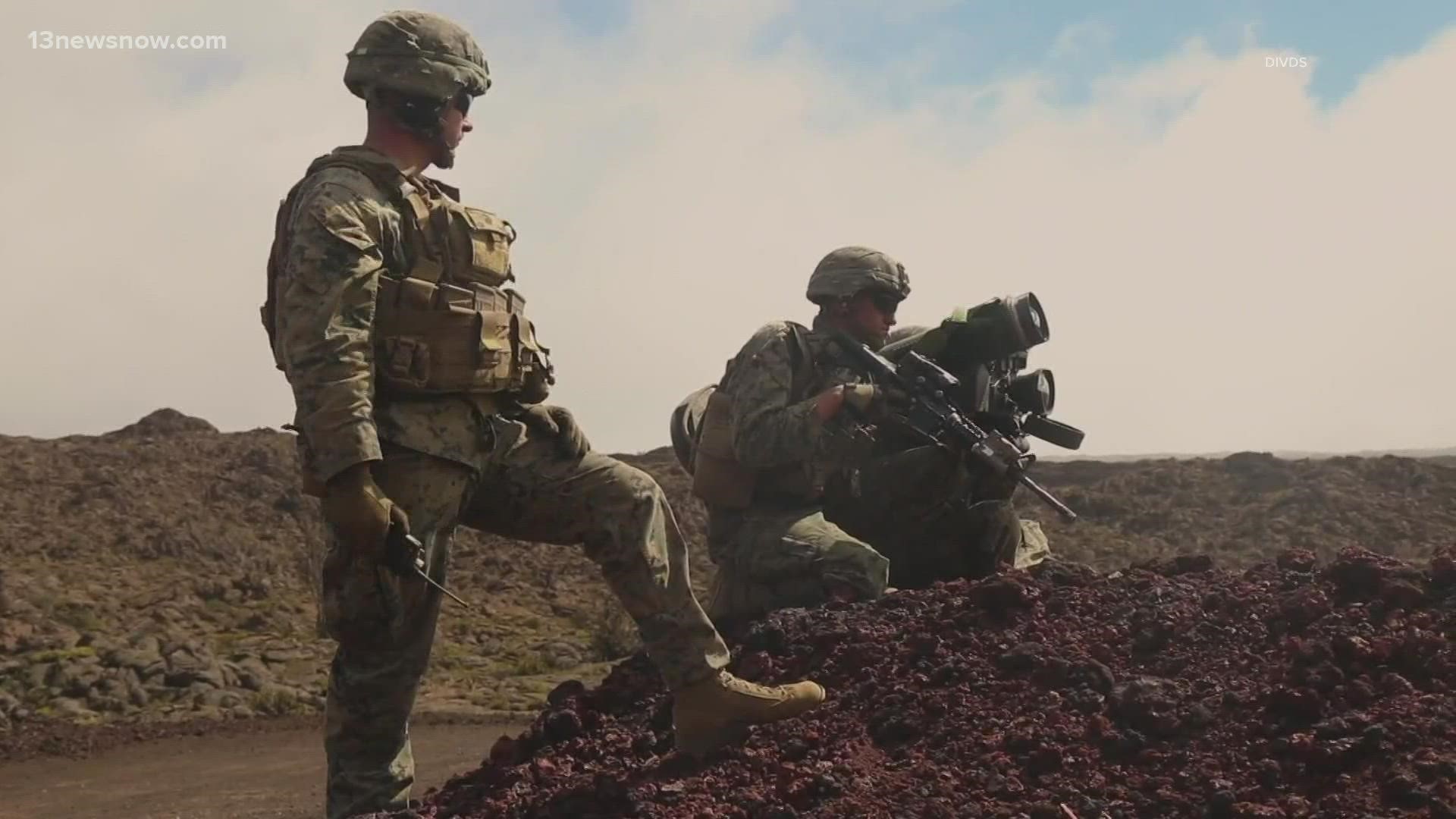WASHINGTON — The world is a dangerous place and going forward, the United States needs a robust and thorough defense plan, the number two civilian leader at the Pentagon said Friday.
Deputy Defense Secretary Kathleen Hicks outlined the Department of Defense's goals and objectives during a discussion at the Ronald Reagan Presidential Foundation and Institute.
Hicks said the U.S. military must take the long view when it comes to global security, saying that's just what DoD leadership is doing with its 2022 National Defense Strategy.
"Our National Defense Strategy fully accounts for Russia's threats in Europe and beyond," she said. "But, even as we confront Russia's aggression and malign activities, the strategy is clear: China is our military's most consequential strategic competitor and pacing challenge.
The Biden administration's Fiscal Year 2023 budget request for defense totals $773 billion, which is an 8.1% increase over the current year.
"The administration built our budget request in direct response to the objectives of our national defense strategy," said Hicks.
And while defending the homeland remains the Defense Department's number one priority, Hicks said many other challenges must be met as well.
"And our strategy also acknowledges that we face additional persistent region threats including those emanating from Iran, North Korea and violent extremist organizations, as well as transboundary challenges that affect our missions and operations," she said.
The nation's last National Defense Strategy was released in 2018.
The 2022 National Defense Strategy has not been released publicly, only in a classified setting to select members of Congress on the Armed Services committees.
Sen. Tim Kaine (D-Virginia), who is a member of the Senate Armed Services, supports releasing the unclassified portion of the strategy.
Kaine participated in the classified briefing with Hicks last week. He said in a different hearing this week that implementing the strategy won't be easy, noting that such change "can be particularly challenging on our specialized workforces, shipbuilding, aircraft production, certain electronic components."
Kaine continued: "We had a hearing last week with Secretary Hicks and she frankly talked about the -- the challenge, it's an obvious challenge in determining the best way to get from the force we have to the force we want to have in 2030," he said. "This kind of mid-period transition is a challenge."

